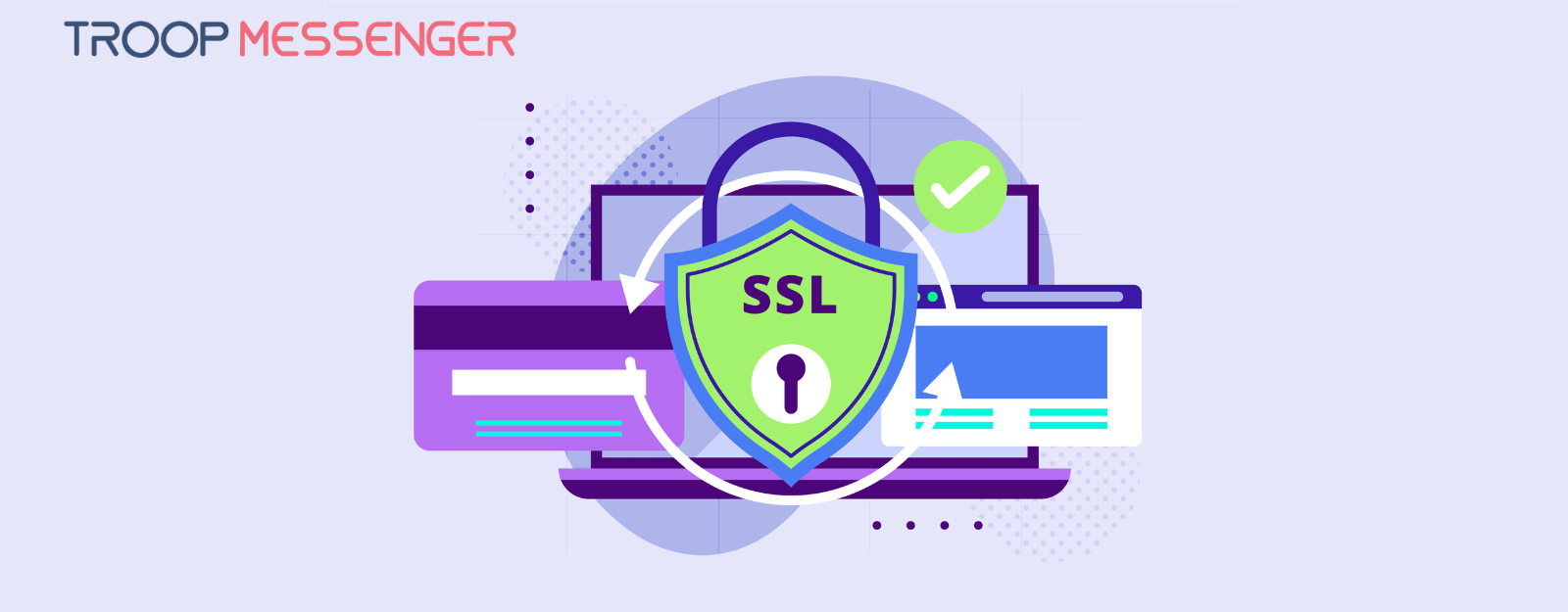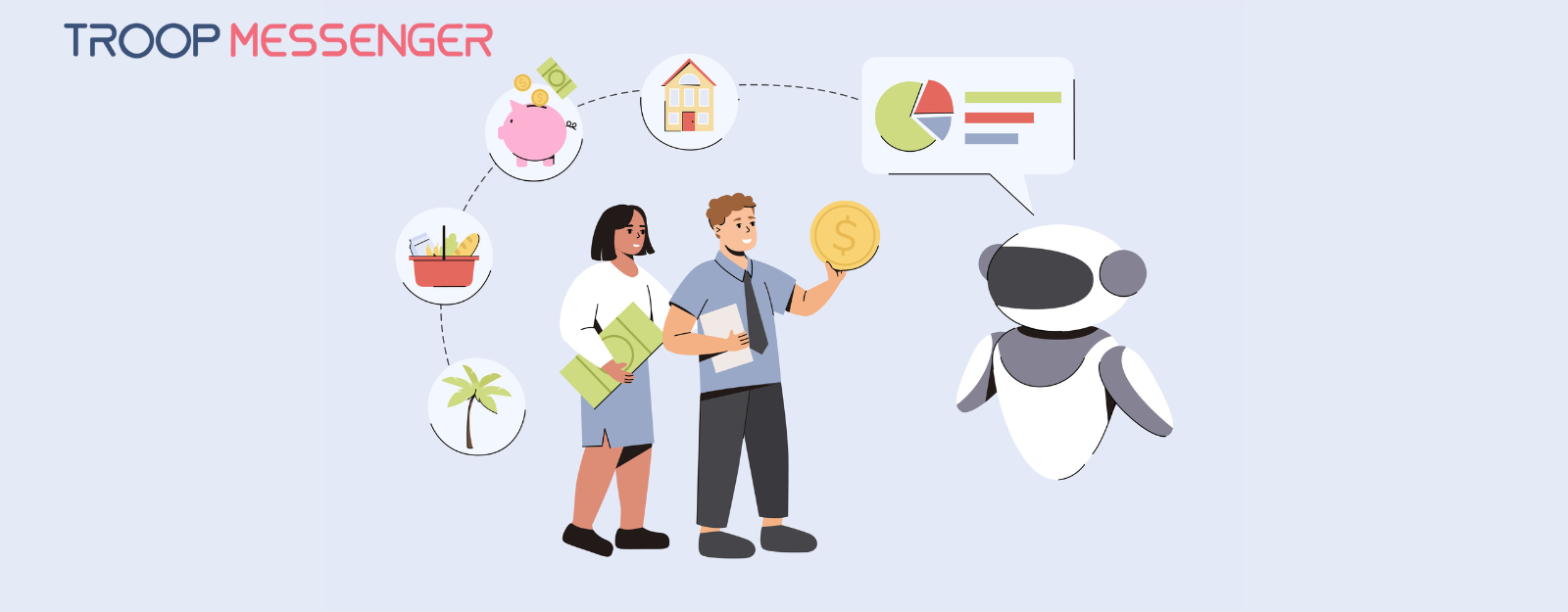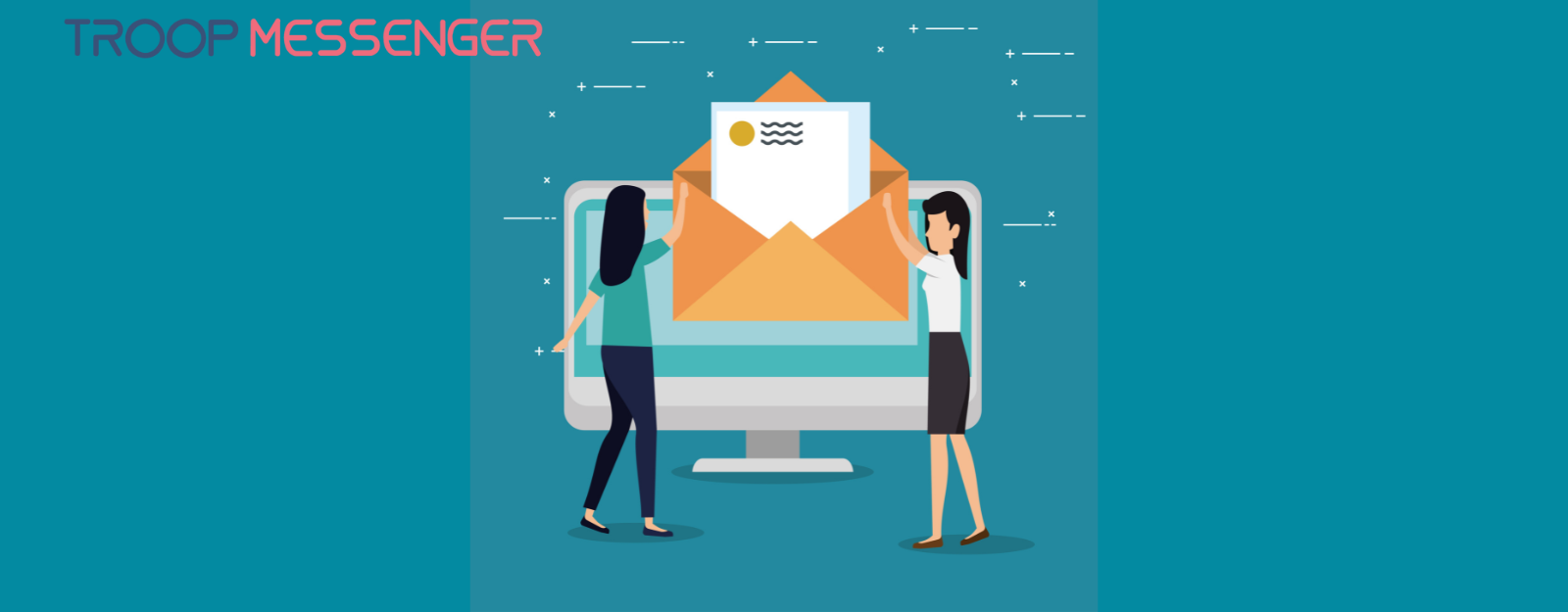Connect with us

How to Communicate Professionally Through Email at the Workplace
Among the various methods of communication in the workplace, emails play a pivotal role in keeping members of your organization and teams informed on important updates. That’s why the ability to convey messages effectively through emails is a valuable skill.
For one, effective workplace communication is the cornerstone for collaboration, clarity, and cohesive team dynamics. Whether it’s to make specific requests, share project updates, follow up on conversations, or initiate important tasks, it’ll help if you know how to communicate professionally through your emails.
This article is your guide to mastering email communication in the workplace, we’ll highlight some practical steps for writing engaging and clear emails.
Ready? Let’s dive in!
Table of Contents
1. Know your audience
Understanding your audience is key in email communication. Consider the dynamics—whether you’re emailing a colleague, superior, or subordinate—this guides how you draft your message. A familiar, respectful tone aligns with workplace norms and ensures effective communication.
Additionally, observe common communication styles, for instance, the tone of voice, word choices, or expressions used within your workplace. Are colleagues direct and to the point or more conversational? Tailoring your email tone to match these norms can make them more relatable, this plays a vital role in enhancing your internal communication efforts.
In some cases, the email could be to a client, potential customer, business partner, and other external parties. Email lookup tools can be useful for identifying and verifying email addresses in these instances. This way you can be sure of sending emails to the right recipient.
Recognize that communication with external parties often demands a more formal tone. Understanding the expectations of external stakeholders ensures that your emails project a professional image externally. This way, you can achieve effective communication across all fronts.
2. Craft an engaging email subject
Professional emails also require compelling cold email subject lines. That’s how you can get the recipient’s attention in the first place.
Keep your email subject clear and straightforward to entice recipients to open your email. Best practices include being specific, using keywords, and providing a glimpse of the email’s purpose.
For instance, if you’re sending minutes from a previous meeting, it should be indicated in your subject line. It’s also helpful if your subject lines indicate when your email is urgent. Also, if you’re requesting a particular information, you should mention it.
Being clear with your email subject gives recipients a quick idea of what your email is about and can also help them respond on time.
A well-crafted subject line sets the tone for effective communication, increasing the likelihood that your emails will be opened and read.
3. Prefer active voice in your writing
Active voice emphasizes the doer of the action, making your emails more dynamic. Instead of saying “The report was reviewed by me,” say “I reviewed the report.” This approach imparts a sense of responsibility and clarity. Strong verbs in active voice convey action efficiently and reduce ambiguity.
Unlike passive voice, opting for an active voice in your emails enhances clarity and directness. It keeps your message concise and ensures the subject performs the action. Using active voice typically employs straightforward sentence structures. See the example below:
Active voice fosters a more engaging and assertive tone in your email communication, making your message easier to understand and reinforcing a sense of accountability.
Remember to provide clear instructions in your emails too. For instance, if you want the recipient to do something, you should clearly state it. Whether it’s to respond to your email, send a document, or carry out some other task.
4. Pay attention to formatting
Another notable tip for email communication in the workplace is to format your emails appropriately. Doing this will enhance readability in emails.
Break up the body into paragraphs for easier consumption. Make good use of white space by splitting long blocks of text to maintain reader interest. It’s not a bad idea to use bullet points for lists— this will enhance clarity, especially in emails that involve sharing specific details— for instance, about an upcoming event. Or, emails that highlight specific instructions, action items, or deliverables from the recipient.
Consider putting essential information first. This way the recipient can get the main points at first glance. It helps mostly when your email recipient is in a hurry— and if we’re honest, this is hardly an unusual situation. Statistics reveal that employees are only likely to spend 2-3 minutes on an email.
Also, people are likely to have a lot of emails to attend to in their inboxes. So the aim is to help them out in the best way you can.
Using clear and easy-to-read fonts is also one of the email etiquette tips you should pay attention to. If you want something to stand out in your email, it’s okay to highlight it with bold text or a different color. 59% of recipients agree that this is good practice.
However, be careful not to overuse bold texts or color highlights. This defeats the entire purpose of communicating with clarity.
Unless it’s necessary to add it as an attachment, avoid using images in an email. This is advisable for several reasons. First, some email clients or recipients may have settings that block images, leading to a potential loss of important information.
Secondly, images can increase the email size, causing slower loading times and potentially leading to inconvenience for the recipient.
Keeping emails text-based ensures universal accessibility and a seamless communication experience for all recipients.
A well-formatted email ensures key points stand out, making it easier for recipients to grasp information quickly. It reflects professionalism and consideration for your reader’s time, fostering effective communication.
5. Handle attachments with care
When it comes to internal communication, ensure that you only attach files that are relevant and have a specific purpose in your email. Clearly reference the attachments in your email content, briefly outlining their contents. For instance, you can say something like “The attached document contains the invoice for X purpose”
Use descriptive titles for attachments, aiding quick comprehension. This practice helps recipients understand the relevance of the files without opening them immediately.
Naming your files properly also makes them easy to remember. This way, the recipients can locate these files whenever the need arises.
When it comes to attachments, consider the types wisely. Opt for commonly supported formats to ensure accessibility for all recipients. Generally, you can share PDF, XLS, Jpeg, or PNG files.
Keeping document sizes low is crucial for smooth email delivery and download. Ideally, you want to keep attached files below 20 MB since the sizes permitted for different email providers may vary. For instance, Gmail does not allow you to send files larger than 25MB.
Large files can be compressed into Zip folders to minimize their impact on both the sender’s and recipient’s systems. Zip folders are also advisable when you want to share multiple documents. In cases where compression isn’t feasible, cloud platforms like Dropbox, Google Drive, or WeTransfer provide a convenient alternative for sharing bulky files with coworkers.
Being mindful of how you handle attachments ensures a smoother communication process and prevents confusion about the information you’re sharing.
In Closing
Effective email communication in the workplace is an important skill to have. There's no doubt that sending emails is a vital part of work activities. Generally, emails are used for a wide range of purposes, for instance, to schedule appointments, recap meetings, and share company news — the list goes on.
To recap, you can enhance the impact of your workplace emails by following these tips. First, understand your audience and tailor your emails to resonate with the recipients, considering their roles, preferences, and expectations. Then, craft engaging email subjects that capture and communicate the essence of your message.
Use active voice to ensure more clarity and directness in your emails. Additionally, pay attention to formatting. Break down information into clear paragraphs, use bullet points for lists, and ensure your email is visually accessible. Finally, handle attachments with care to prevent confusion or oversight.
So, now that you know about these tips, you can put them to good use as you create more workplace emails. Good luck!








